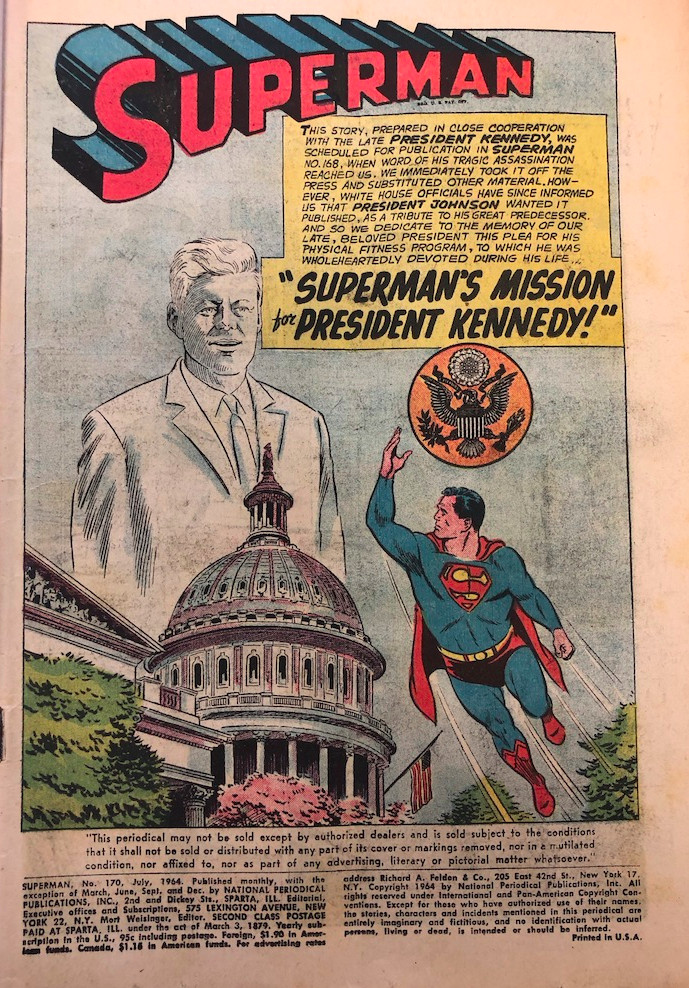
Tell us about your thesis!
My thesis, “Narrative Activism: Interrogating, Subverting, and Reclaiming Stories of U.S. Migrant Detention,” is about the different narratives of U.S. migrants and migrant detention that are propagated by our everyday media and literary forms. The thesis explores how “narrative activism” can be employed to change the way in which migrants are portrayed in order to create empathy and humanize migrants. By changing the narratives that we already have in place, the thesis argues that policymakers and key stakeholders will be motivated to change the current status quo of migrant detention in the U.S.
How did you choose your topic?
I chose my thesis topic due to my interest in the U.S. prison system as well as migration. I concluded that studying the U.S. migrant detention system and the narratives that shape it would blend these two interests into a project I could dedicate myself to for a long period of time.


What were the biggest challenges?
I think one of the biggest challenges was finding a diverse array of sources for the specific detention centers that I was studying. Much like the argument in my thesis about narrative activism– I did not want to become a part of the problem myself by not showing a diverse array of experiences within my thesis work. Not only did I try to choose sources that show different narratives of migration and detention, but I also tried to choose sources that were told through different mediums as well, such as film or memoir.
Did you encounter any surprises along the way?
I think I was surprised by the willingness of people to provide you with sources if you just ask for them and let them know that you are using it for Harvard thesis research. One of my sources, a documentary entitled The Infiltrators, has not been released through public private viewing outlets, and has only been shown at film festivals around the U.S. The directors were kind enough to give me access to it so long as I shared my thesis with them when I was done.
What did you find most rewarding about the process?
I found it rewarding to finish a chapter or section and be able to edit it afterwards. Before writing my thesis, I honestly did not think that I had it in me to write a project this long or even work on something for such a long period of time. I am very proud of all the work that I put in to finishing up my thesis and it was rewarding to see it printed and binded on the day that I finally turned it in. Having the chance to submit my research alongside my peers from History & Literature was also something that allowed me to connect with other concentrators because writing our theses was something that we all did together. We all understood how much effort and work we each put into our projects and respected each other’s academic work.

What was your favorite thing about your thesis?
My favorite thing about my thesis was getting to intertwine my family’s own personal narratives into a thesis about narrative activism. I come from a family of immigrants who migrated to the U.S. from Latin America, and I was able to use this own personal narrative in the introduction to my thesis to introduce the argument that I was going to make.
What advice would you give to juniors?
I would tell juniors to really take the time to think about the topic that they want to research for their thesis, because although it is not a lifetime commitment, the thesis topic you choose is one that you will be spending time on for your last year at Harvard. You want to choose a topic that you enjoy and that you are intellectually interested in. This will make the thesis process that much more enjoyable and personal to you.


















You must be logged in to post a comment.